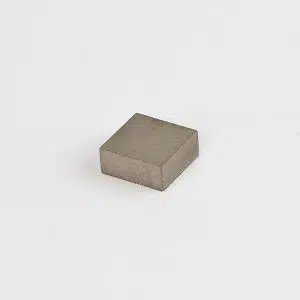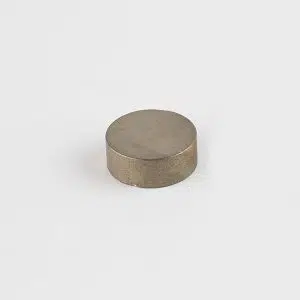Samarium Cobalt Magnets
Filter Results
BuyMagnets.com offers a huge selection of samarium cobalt magnets, a type of rare earth magnet with some unique advantages compared to slightly stronger neodymium magnets. Samarium cobalt magnets work over a wider temperature range, have superior temperature coefficients, and have excellent resistance to corrosion. Because of their corrosion resistance, they often do not need to be plated. Samarium cobalt magnets still deliver exceptionally high magnetic strength, making them an excellent choice for punishing environments where high temperatures or corrosive elements (such as saltwater) are present.


